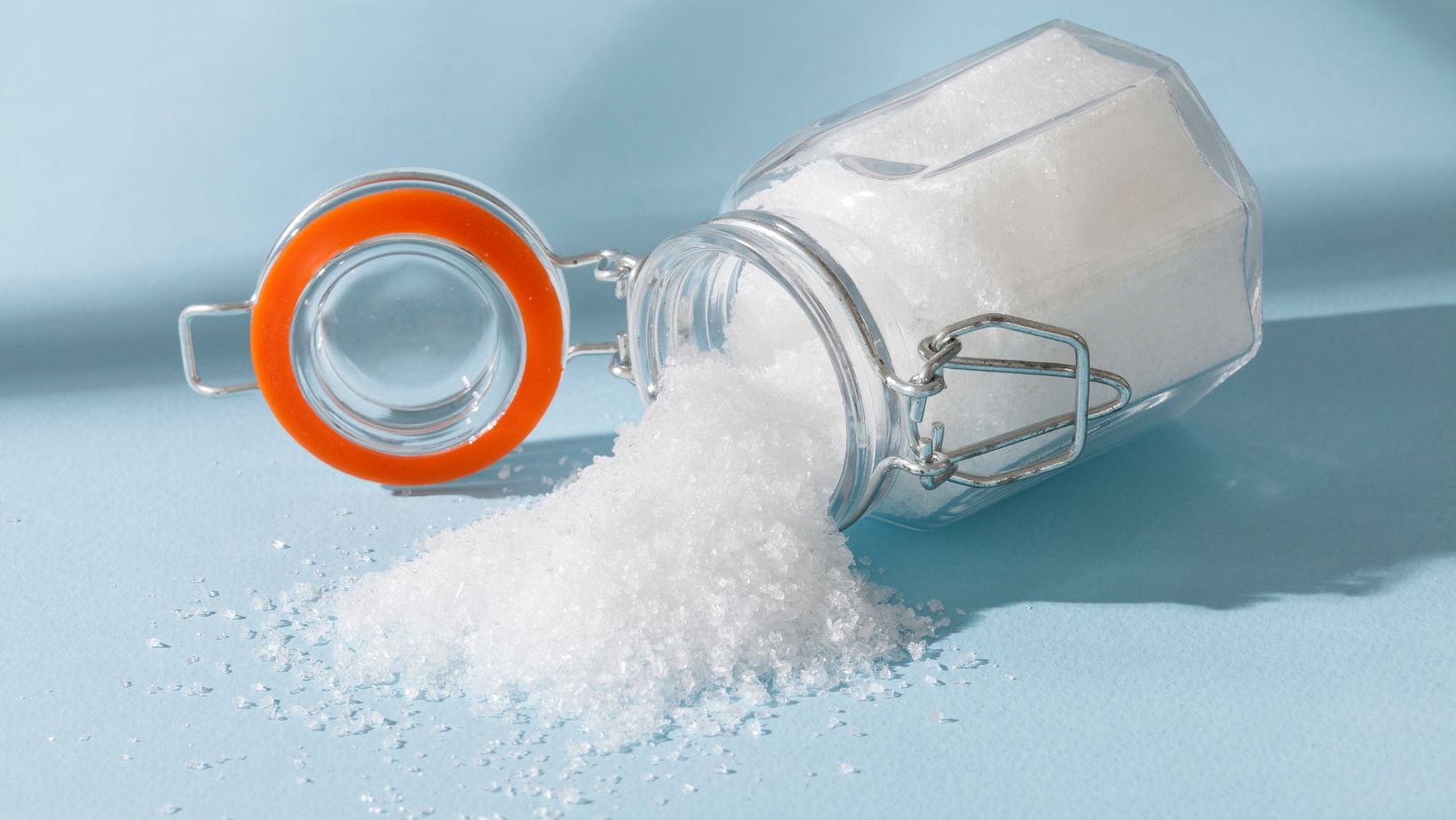
What Must be the Overall Charge of an Ionic Compound?
When it comes to understanding the overall charge of an ionic compound, there are a few key concepts to keep in mind. Ionic compounds are formed through the transfer of electrons between atoms, resulting in the formation of positively charged cations and negatively charged anions. These oppositely charged ions are held together by electrostatic forces, creating a stable compound.
To determine the overall charge of an ionic compound, we need to consider the ratio of cations to anions. The goal is for the total positive charge from cations to balance out the total negative charge from anions. This means that for every positive charge provided by a cation, there must be enough negative charges from anions to cancel it out.
For example, if we have a compound with one sodium ion (Na+) and one chloride ion (Cl-), their charges will balance each other out, resulting in a neutral ionic compound called sodium chloride (NaCl). Similarly, in magnesium oxide (MgO), magnesium has a +2 charge while oxygen has a -2 charge. These opposite charges combine to create a neutral compound.
In summary, when determining the overall charge of an ionic compound, it is crucial to ensure that the positive charges from cations match with enough negative charges from anions to achieve electrical neutrality. By understanding this concept and considering the specific charges of individual ions involved in the compound’s formation, we can determine its overall charge effectively.
Charge of an Ionic Compound
When discussing ionic compounds, one crucial aspect to consider is their overall charge. The charge of an ionic compound refers to the net charge that results from the combination of positively charged ions (cations) and negatively charged ions (anions). In simpler terms, it’s like a balancing act between positive and negative charges.
Here are a few key points to help you understand the charge of an ionic compound:
- Cations and Anions: Ionic compounds are formed when atoms gain or lose electrons to become stable. Atoms that lose electrons become positively charged cations, while those that gain electrons become negatively charged anions.
- Electrostatic Attraction: The opposite charges between cations and anions create a strong electrostatic attraction, leading them to bond together in a lattice structure. This attraction is what holds the ionic compound together.
- Neutral Overall Charge: For an ionic compound to be electrically neutral, the total positive charge from cations must balance out with the total negative charge from anions. This ensures that there is no excess positive or negative charge in the compound as a whole.
- Ratio of Cations and Anions: The ratio at which cations and anions combine in an ionic compound depends on their respective charges. To achieve neutrality, they must combine in such a way that their charges cancel each other out.
- Examples: Let’s take sodium chloride (NaCl) as an example. Sodium (Na) loses one electron to form Na+ cation, while chlorine (Cl) gains this electron to become Cl- anion. These oppositely charged ions attract each other strongly, resulting in neutral NaCl.
It’s important to note that different elements can form ions with varying charges due to their positions on the periodic table. Therefore, it’s essential to consider individual element properties when determining the overall charge of specific ionic compounds.
Understanding the charge of an ionic compound is fundamental to grasp its chemical behavior and properties. By balancing positive and negative charges, these compounds achieve stability and play a crucial role in many aspects of chemistry, such as molecular interactions and crystal structures.













